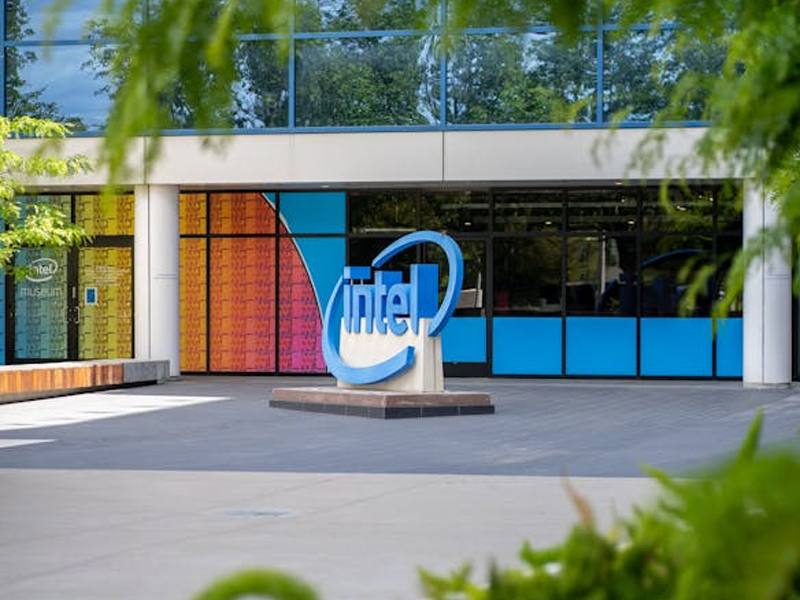The Fall Of The Plasma TV
Uncategorized
 A plasma display is a flat panel display commonly available in large screen sizes from 30 inches and larger. They have good success among the consumers due to their excellent contrast ratio, wider viewing angles and comparatively less motion blur. Plasma TV’s have been undergoing continuous evolution in its technology ever since its invention in 1936 by a Hungarian engineer.
However the news is Plasma TV technology seems to get more expensive and is losing its grip in the market.
Plasma TV’s have been quite popular until the 2000’s mainly due to their large screen sizes and other aspects like faster response time, deeper blacks and more color spectrum. The Plasma TV’s work on a technology wherein gases are filled between two pane of glasses which ignites or glows through the passage of electrons to emit light and thereby producing fine quality picture.
The LED technology became widely rampant ever since 2006 with a market share of 21.1 million as compared to 2.8 million for Plasma TV’s. The LCD and LED variants come with a thinner screen and are more energy efficient than its counterpart. Some of the major disadvantages of Plasma television are its heaviness and high consumption of electric power.
Since manufacturers are unable to produce an affordable version of plasma TV, many are throwing in their towel on their plasma business. Panasonic has already ended production last March, and Samsung follows track citing reasons of decline in the demand and is shutting plasma production towards the end of this year. With the two mammoths choosing to opt out, LG remains as the sole player in the plasma segment now. With manufacturers steering towards newer technologies and meeting new demands liked curved TV’s, the fortunes of plasma remains quite slim.
However, the emergence of new technologies like LCD, LED, OLED that offer great television viewing experience has made it easier for consumer to accept the plasma decline. Present day LED TV’s are capable to produce vast range of colors and with techniques like quantum dots they are able to achieve life like images with vibrant colors.
With the current trend, LED remains as the best option to purchase a TV that is in the affordable price range and offering good picture quality.
The verdict of this discussion is – leading television manufacturers have set their eyes on newer technologies to meet the demands of consumers.
A plasma display is a flat panel display commonly available in large screen sizes from 30 inches and larger. They have good success among the consumers due to their excellent contrast ratio, wider viewing angles and comparatively less motion blur. Plasma TV’s have been undergoing continuous evolution in its technology ever since its invention in 1936 by a Hungarian engineer.
However the news is Plasma TV technology seems to get more expensive and is losing its grip in the market.
Plasma TV’s have been quite popular until the 2000’s mainly due to their large screen sizes and other aspects like faster response time, deeper blacks and more color spectrum. The Plasma TV’s work on a technology wherein gases are filled between two pane of glasses which ignites or glows through the passage of electrons to emit light and thereby producing fine quality picture.
The LED technology became widely rampant ever since 2006 with a market share of 21.1 million as compared to 2.8 million for Plasma TV’s. The LCD and LED variants come with a thinner screen and are more energy efficient than its counterpart. Some of the major disadvantages of Plasma television are its heaviness and high consumption of electric power.
Since manufacturers are unable to produce an affordable version of plasma TV, many are throwing in their towel on their plasma business. Panasonic has already ended production last March, and Samsung follows track citing reasons of decline in the demand and is shutting plasma production towards the end of this year. With the two mammoths choosing to opt out, LG remains as the sole player in the plasma segment now. With manufacturers steering towards newer technologies and meeting new demands liked curved TV’s, the fortunes of plasma remains quite slim.
However, the emergence of new technologies like LCD, LED, OLED that offer great television viewing experience has made it easier for consumer to accept the plasma decline. Present day LED TV’s are capable to produce vast range of colors and with techniques like quantum dots they are able to achieve life like images with vibrant colors.
With the current trend, LED remains as the best option to purchase a TV that is in the affordable price range and offering good picture quality.
The verdict of this discussion is – leading television manufacturers have set their eyes on newer technologies to meet the demands of consumers.
You Might Be Interested In:
- Don’t Trash Your Tech! Combating E-waste & Embracing Responsible Gadget Disposal
- Mixed Signals: Decoding Intel’s Stock Slump Despite Earnings Beat
- Beyond Likes and Followers: Exploring the Evolving Landscape of Social Media
- Is TikTok Facing a US Ban? Decoding the New Law and Its Impact on Millions of Users
Frequently Asked Questions?

01
Tech Gadgets
Don’t Trash Your Tech! Combating E-waste & Embracing Responsible Gadget Disposal
Apr 30, 2024

01
Blockchain Technology
Mixed Signals: Decoding Intel’s Stock Slump Despite Earnings Beat
Apr 29, 2024

01
Cybersecurity
Beyond Likes and Followers: Exploring the Evolving Landscape of Social Media
Apr 28, 2024

01
Tech news
Click, Buy, Pollute? Environmental Impact of Online Shopping and Ways for Sustainable E-commerce
Apr 26, 2024
SUSBSCRIBE TO OUR NEWSLETTER
Join our subscribers list to get the latest news and special offers.
Don’t Trash Your Tech! Combating E-waste & Embracing Responsible Gadget Disposal
Mixed Signals: Decoding Intel’s Stock Slump Despite Earnings Beat
Beyond Likes and Followers: Exploring the Evolving Landscape of Social Media
Is TikTok Facing a US Ban? Decoding the New Law and Its Impact on Millions of Users